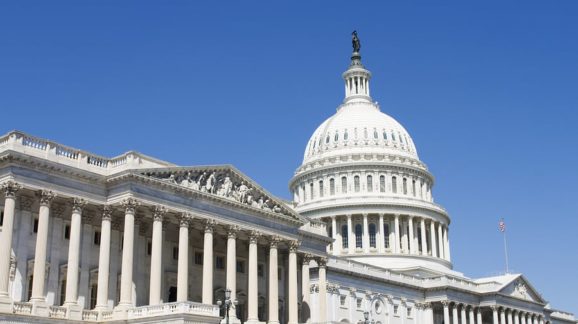The Cure For Regulation Destabilization
http://www.forbes.com/sites/waynecrews/2014/06/19/the-cure-for-regulation-destabilization/
Forbes

As promised, President Obama is ensuring that everyone’s electricity rates will “necessarily skyrocket” via new Environmental Protection Agency carbon dioxide emission rules that effectively wipe out new coal power and replace it with less efficient renewables.
Meanwhile, over at the Food & Drug Administration a new rule would regulate the serving size of breath mints. No more tyranny by Tic Tacs.
From regulating mints and food labeling, to systemic risk in banking and finance and, probably soon, insurance and cybersecurity, no aspect of American life remains untouched by bureaucrats and presidential decree.
That’s why wrestling down federal spending and taxation won’t suffice anymore. Regulations are equally as punitive.
In my annual report for the Competitive Enterprise Institute titled Ten Thousand Commandments: An Annual Snapshot of the Federal Regulatory State, I calculate that the cost of federal economic, environmental and health and safety regulation is around $1.86 trillion annually, based largely upon government data.
That’s more than half the size of President Obama’s recent $3.9 trillion federal budget proposal, and it’s greater than the entire federal budget was back in the 1990s.
If U.S. federal regulation were a country, it’d be the tenth largest, right there between Italy and India. For the typical family that regulatory cost amounts to $14,974 annually: 23% of average U.S. household income.
That $14,974 is more than the average household spends on health care, food, transportation, entertainment, clothes–on everything except housing. But we don’t officially measure regulations’ costs; we just add to the load.
The Federal Register, the daily depository of all Washington’s rules, was 79,311 pages long last year. Of the Register’s five highest annual page counts, four occurred under Obama.
And the numbers are staggering; 3,659 rules were issued last year, by 63 departments, agencies and commissions. Meanwhile, Congress passed and the President signed 72 laws.
That means there were 51 new regulations enacted in 2013 for every law passed by Congress. Most lawmaking is now done by the unelected.
Into this environment the White House’s Office of Management & Budget just released its annual Report to Congress on the Benefits & Costs of Federal Regulation.
Out of thousands of rules, guess how many regulations underwent a full cost-benefit analysis. Only seven. Less than half of one percent of the total.
As more of the economy becomes steered by Washington and cronyism, the traditional, democratic lawmaking process is further undermined.
Financial regulations make credit less available, energy regulations make energy less affordable, and labor regulations further reduce the ability of firms to hire new workers.
We can fix this. Politicians are transient, as can be their man-made rules. Mistakes can be undone.
A bipartisan, annual Regulatory Reduction Commission could weed out costly or extraneous rules. Congress could vote the commission’s findings up or down, without amendments.
And we could require that for every new regulation another must be eliminated. And the new rule must sunset or expire, unless Congress were to explicitly extend it. We also need a regulatory budget to cap the economic costs that federal agencies can impose.
And finally, every major regulation–one costing more than $100 million a year–ought to be approved by Congress, rather than merely imposed by bureaucrats. No more regulation without representation.
It would be nice to double GDP, instead of regulations. You don’t have to tell the grass to grow–you just need to take the rocks off of the grass. The time has come for us to take the rocks off of the U.S. economy.